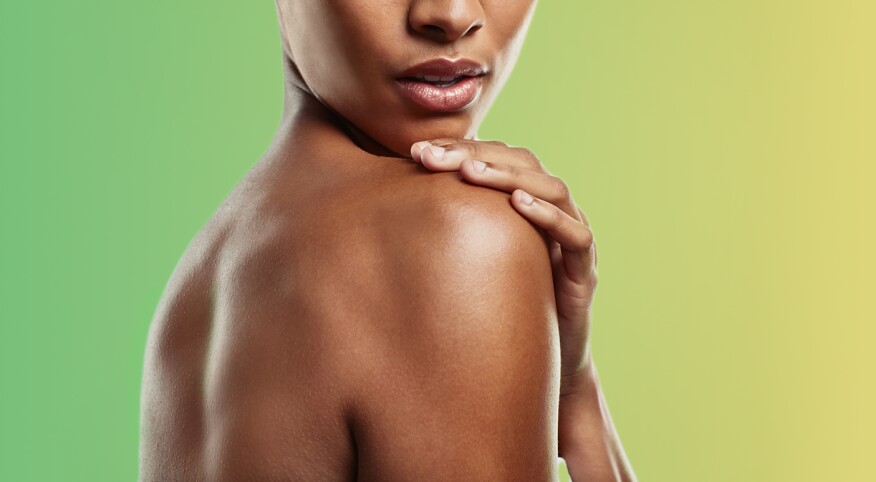Whether you’re visiting for a skin checkup or a questionable mole, regularly seeing your dermatologist is essential to keeping up with your skin’s health. One annual visit to your derm is usually what’s recommended (unless you have a skin issue that requires maintenance), and appointments typically involve your professional asking you a series of health, diet and product-related questions as they pertain to your skin. But there are a few key questions you should be armed with for your dermatologist, and with the help of Joshua Zeichner, M.D., board-certified dermatologist at Mount Sinai Doctors in New York, we’ve listed them for you.
What are the signs of skin cancer?
Even if you don’t spend much time outdoors, this is still an important one — for obvious reasons. As Zeichner explains, there are two main forms of skin cancer: melanoma and nonmelanoma. “Melanoma is potentially fatal, so early detection and treatment is important,” he says, adding that the skin cancer shows up as atypical dark patches on the skin. “Melanoma typically falls under the ABCDE rules: A stands for asymmetry, where one side looks different from the other side of the spot. B stands for border, where the edges of the border are jagged rather than smooth. C stands for a color, where the spot has multiple colors like brown, black, blue or white. D stands for diameter, where the spot is larger than the size of a pencil tip eraser. Finally, E stands for evolution, where there is change in the appearance of the spot over time.”
Am I using the right products for my skin type?
Frustrated that your skin-care products aren’t working? You may be using the wrong products and ingredients for your skin type. If you’re prone to oil, look for ingredients like salicylic acid, clay or charcoal to control excess sebum production and deeply cleanse pores, which can minimize the risk of breakouts. Drier skin types, as Zeichner notes, should look for hydrating ingredients such as emollients, humectants and occlusives. “Emollients (such as natural oils and fatty alcohols) are ingredients that soften rough cells on the surface of the skin. Humectants (like hyaluronic acid and glycerin) are like sponges that pull in hydration to the outer skin layer. And occlusives (petroleum and dimethicone) are products that form a protective seal over the surface of the skin to prevent loss of hydration.”
How can I build an anti-aging routine?
The two main issues that people face as the skin matures are pigmentation and wrinkles. “Environmental exposures like UV light and pollution tell your pigment-producing cells to go into overdrive, which can lead to dark spots on the skin,” says Zeichner, who adds that ingredients such as vitamin C or kojic can help brighten dark spots. Also, protecting your skin daily with SPF is crucial to lessening the risk of photoaging.
Looking to tackle your wrinkles? Zeichner says retinol is your best bet, as it stimulates the production of collagen and elastic fibers to strengthen the foundation of the skin. “If you have sensitive skin, consider a retinol alternative like bakuchiol — it works through a different set of receptors in the skin but can stimulate collagen without causing irritation.”
How often should I exfoliate?
Exfoliation is the process of removing dead cells from the surface of the skin. According to Zeichner, this occurs naturally, but the process slows down with age, and as dead cells accumulate on the surface of the skin, it interferes with light reflection, contributing to a dull appearance. You should limit exfoliation to one to two times a week, as over-exfoliation can irritate your skin over time.
The two types of exfoliators — chemical and physical — work at different levels, with chemical exfoliators using hydroxy acids to dissolve the connections between cells on the surface at the skin so that they can more easily be shed. Physical exfoliators, on the other hand, often contain gritty ingredients such as pulverized nutshells, silica, jojoba beads, or plant powders like bamboo or rice. “The finer the particle, the less irritating they are on the skin,” Zeichner says, “which is why I typically recommend rice- or bamboo-containing exfoliators for people with sensitive skin.”

Getty








